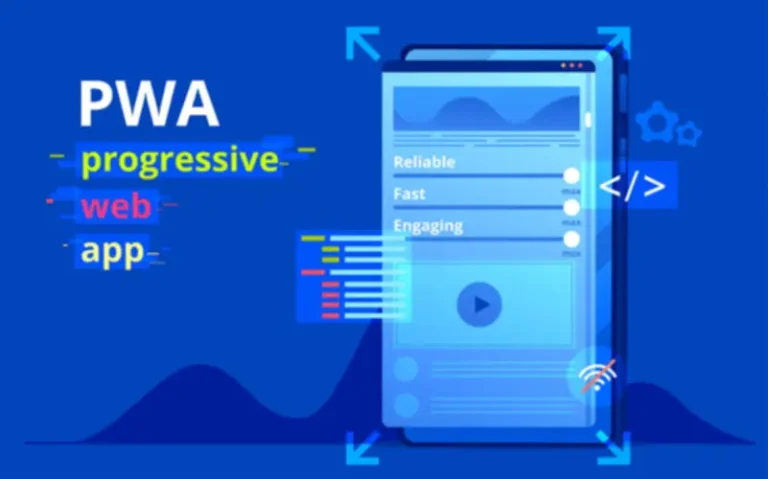All these domain companies could be frontend by a single utility service that finally ends up orchestrating the domains and mediating between the person interface layer and the application core. Onions are a delicious vegetable and are a core ingredient in cuisines all over the world. Perhaps then you’re wondering, why are we discussing them within the context of software engineering? This guarantees that your software is extra flexible and resilient to modifications.
- The core of an onion structure comprises several concentric layers that interface with each other.
- This method we can use the repository interface in the utility core with out knowing the primary points of how it’s carried out or the place it stores the data.
- This distinctive growing methodology leads to a milder taste, making them ideal for garnishing salads or complementing various dishes.
- It creates software for complicated necessities by carefully connecting the implementation to a altering model of elementary business concepts.
- Next, let’s go to the Infrastructure Folder and add a layer for Database, (EFCore).
It applies the fundamental rule by transferring all coupling towards the middle. This structure is undoubtedly biased toward object-oriented programming, and it puts objects before all others. At the center of Onion Structure is the area mannequin, which represents the enterprise and behavior objects.
Logging Implementation
We are going to see why this is very helpful afterward after we get to the Presentation layer. Now, let’s look at some of the custom exceptions that we have contained in the Exceptions folder. Finally, the selection is decided by a careful evaluation of the particular wants and constraints of each project. Similarly, in pink onions, the coloration of the onion is contained inside the vacuole.
To do that, right-click the WebApi Project and go to properties. In the Build https://www.globalcloudteam.com/ Tab enable the XML Documentation file and give an appropriate file name and location. Similarly, create one other .NET Standard Library Project in the Core Folder. We will begin off by making a Clean Answer on Visual Studio. PS, I use Visible Studio 2019 Comunity which is totally FREE.
Testability could be very excessive with the Onion architecture as a result of every thing depends on abstractions. The abstractions can be simply mocked with a mocking library corresponding to Moq. To be taught extra about unit testing your projects in ASP.NET Core try this article Testing MVC Controllers in ASP.NET Core. Conceptually, we can think about that the Infrastructure and Presentation layers are on the same degree of the hierarchy.
Area and Software Layer might be at the middle of the design. In N Layer Architecture, the Database is normally the Core of the Complete Utility, i.e It is the one layer that doesn’t need to rely upon anything else. Any small change in the Enterprise Logics layer or Data access layer could Prompt Engineering prove dangerous to the integrity of the complete application. The reason why I tell you to not create pointless layers is that they have a price. Martin Fowler says that layers encapsulate some, however not all, things well.
This line of code will find the entire model lifecycle management controllers inside the Presentation project and configure them with the framework. They are going to be treated the same as in the event that they have been outlined conventionally. We are making a project referred to as Presentation and giving it a reference to the Microsoft.AspNetCore.Mvc.Core NuGet package deal so that it has entry to the ControllerBase class. The entities outlined in the Domain layer are going to capture the data that is important for describing the issue domain. The main thought behind the Onion architecture is the flow of dependencies, or somewhat how the layers interact with one another. The deeper the layer resides inside the Onion, the fewer dependencies it has.
The database context class is used to maintain up the session with the underlying database utilizing which you’ll perform the CRUD operation. As mentioned above initially of the article, Onion Architecture just isn’t a one-size-fits-all solution. It has itslearning curve and is greatest suited for providers with a clear domain definition.
Onion Architecture In AspWeb Core
Then, run the next commands to add migrations and to generate/update the database. In the Utility Layer, Create a New Folder known as Options. This may have all the logic associated to each Feature / Entity.
And because the Companies.Abstractions project does not reference any other project, we’ve imposed a very strict set of strategies that we are able to call within our controllers. Do you bear in mind how we cut up the Service layer into the Services.Abstractions and Services projects? It’s very powerful and closely linked to 2 different architectural styles—Layered and Hexagonal.

We will implement these strategies within the customs service code of the ICustomServices Interface given under. Now our service layer accommodates the reference of the repository layer. First, you should add the Fashions folder that might be used to create the database entities. In the Fashions folder, we are going to create the next database entities. In the case of the API Presentation layer that presents us the thing data from the database using the HTTP request within the form of JSON Object.
Including Swagger To Webapi Project
You may undergo that article which covers the identical state of affairs. We must register IApplicationDBContext and bind it to ApplicationDbContext, right? Comparable to the Application layer, we must create a new class just to register the dependencies and providers of this layer to the service container.
The onion architecture relies on a website mannequin with layers related by interfaces. This is another variant that I have seen in lots of large solutions. Let’s say you may have around a hundred interfaces and one hundred implementations. Do you add all these one hundred lines of code to the Startup.cs to register them within the container?

Aside from conventional dishes, green onions can be used in dips, sauces, and Asian cuisine, such as scallion pancakes or as a topping for ramen. They work properly in omelets, quiches, and numerous casseroles, finally elevating the dish with their unique taste. Their adaptability in each uncooked and cooked dishes permits house cooks to experiment and integrate green onions into quite a few recipes. The green tops, however, are commonly used as a garnish due to their vibrant shade and milder taste. They could be chopped and sprinkled over various dishes, together with soups, salads, and stir-fries, adding not only taste but also a visually appealing contact.
If coupling prevents simply upgrading components of the system, then the business has no choice but to let the system fall behind right into a state of disrepair. This is how legacy systems become stale, and ultimately they are rewritten. It’s the outer-most layer, and retains peripheral considerations like UI and exams. For a Internet application, it represents the Internet API or Unit Check project.
